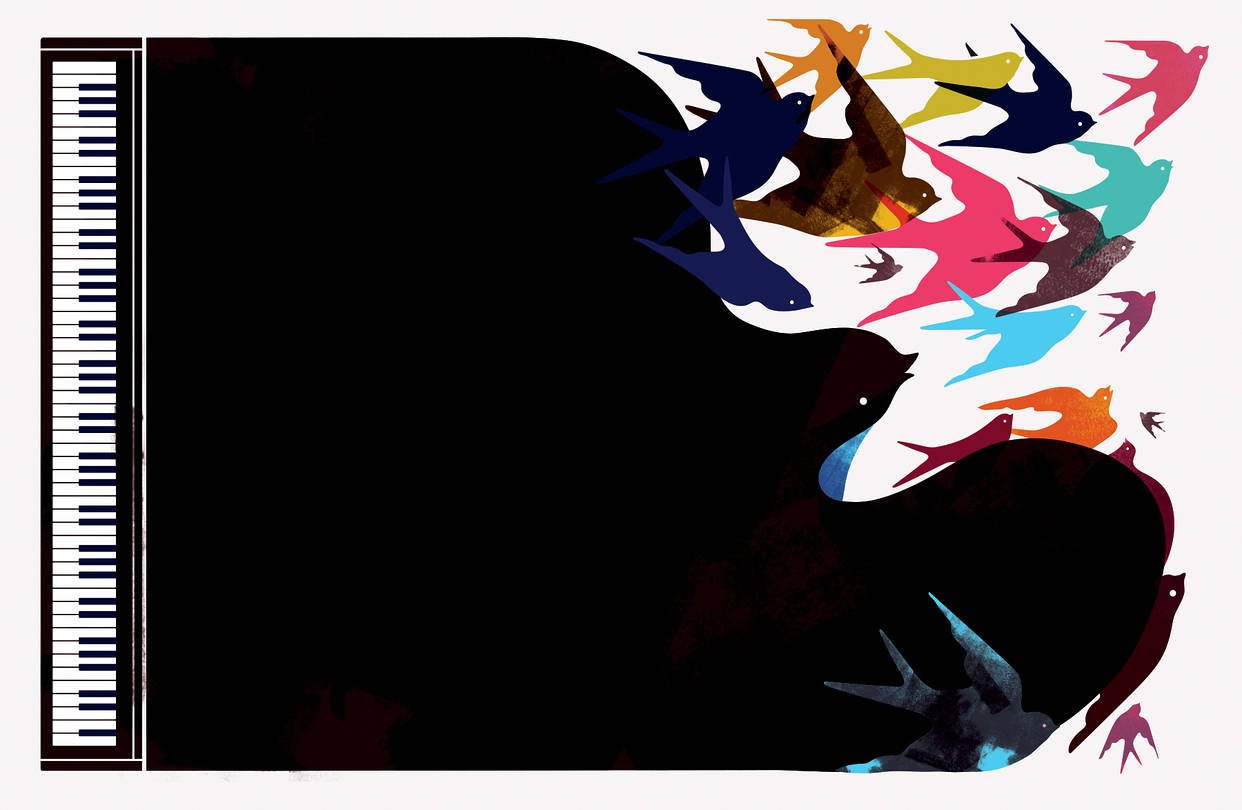 ENLARGE
ENLARGEAt age 74, Daniel Barenboim is very much in the news. Among other things, he released a CD this month, “On My New Piano,” in which the celebrated pianist-conductor plays the music of Beethoven,Chopin,Liszt, Scarlatti and Wagner on a brand-new concert grand designed to his own specifications. What’s more, Mr. Barenboim’s latest venture, the Barenboim-Said Academy, a school for music students from the Middle East and North Africa, recently opened in Berlin, not far from the Berlin State Opera, of which he is the music director. But the most consequential of his current undertakings may prove to be one that so far appears to have received next to no publicity: Mr. Barenboim has just launched his own YouTube channel.
On it, he hosts a series of miniature lectures title “Five Minutes On…,” in which Mr. Barenboim discusses eight familiar works from his repertoire. They include three solos by Beethoven, two by Chopin, one by Liszt and a pair of concertos by Mozart and Brahms. Nothing about “Five Minutes On…” is at all fancy: Mr. Barenboim simply says hello, sits down at the piano and talks about the piece in question, playing a few well-chosen snippets and explaining what you’re hearing in uncomplicated, nontechnical language.
The playing is beautiful, of course—Mr. Barenboim is one of the greatest pianists of his generation—but it’s the talk that matters. It turns out that in addition to being a great pianist, Mr. Barenboim also has a knack for getting straight to the point. Here, for example, is what he has to say after he plays the first few bars of Chopin’s G Minor Ballade: “An introduction is not only something that presents the main movement. It is a way of giving the impression that the composer is looking for what he is going to write….It is a search.” No, that’s not arrestingly eloquent, but it’s a perfect description of how the G Minor Ballade gets under way, illuminating and straightforward, and when Mr. Barenboim plays the same passage a second time, you’ll understand it better than you did before.
What we have here, in other words, is something not unlike what Leonard Bernstein was endeavoring to do in the now-legendary “Young People’s Concerts” that CBS broadcast from 1958 to 1972, all 53 of which can also be viewed on YouTube. But there’s a big difference: Each Young People’s Concert was an hour-long program in which Bernstein spoke in depth about a broad-gauge subject like “What Does Music Mean?” or “What Is Sonata Form?” In addition, the concerts were also public performances in which Bernstein and the New York Philharmonic appeared in front of large audiences consisting mostly of children. Mr. Barenboim’s “Five Minutes On…” lectures, by contrast, are bite-sized snippets that concentrate on a single piece of music, suitable for consumption on a smartphone. They’re meant for adults, not children, and the scale is intimate: Mr. Barenboim could be sitting in your living room, talking to you alone.
 ENLARGE
ENLARGEI loved the Young People’s Concerts—I grew up on them—and I think that many of the original programs can still be put to good use as teaching tools. But some of the finest telecasts in the series now survive only as black-and-white kinescopes that look hopelessly primitive to the eyes of under-40 viewers raised on high-definition TV, and even the best-looking ones are poorly suited to being watched on hand-held devices by easily distracted people with short attention spans. Not so “Five Minutes On…” To be sure, Mr. Barenboim isn’t as charismatic as Bernstein, but his concise, low-keyed approach strikes me as just the thing for anyone who wants to learn more about classical music without making a major commitment of time and energy.
Mr. Barenboim is onto something here—something with much wider potential applicability, not just to classical music but throughout the world of art. What if (say) Tom Stoppard did a “Five Minutes On…” YouTube series about his best-known plays? Or Martin Scorsese did a series about classic films of the 20th century? You wouldn’t have to publicize such a venture, either. Once the word got out that it was up on YouTube, or available in podcast form, I have no doubt that “Martin Scorsese: Five Minutes on ‘Citizen Kane’” would go viral.
Needless to say, such ventures needn’t be undertaken by stars alone. Every symphony orchestra, theater company and museum in the world ought to be thinking about how to publicize its presentations in a similar manner. And bear in mind, too, that any individual artist—any concert pianist or actor or singer or dancer—can easily do the same thing without assistance. All you need is a smartphone and something to say.
—Mr. Teachout, the Journal’s drama critic, writes “Sightings,” a column about the arts, every other Thursday. Write to him at [email protected].
[“source-smallbiztrends”]





